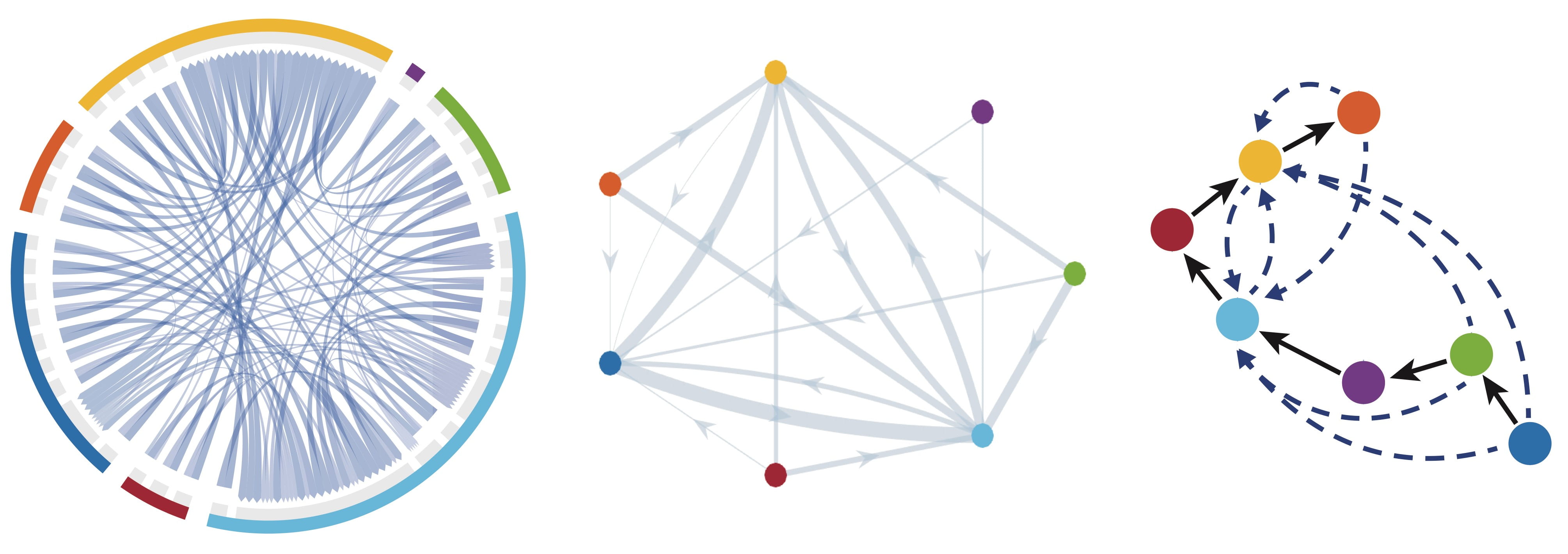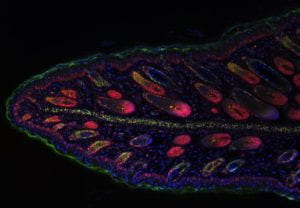New UCI center to look at life by the numbers
Mathematics and biology come together in interdisciplinary research effort

Irvine, Calif., May 24, 2018 — A new interdisciplinary research and education center at the University of California, Irvine will apply the power of mathematics to some of the more vexing mysteries in cell biology.
The MathBioSys Center on Multiscale Cell Fate is being initiated with $10 million in funding, half from the National Science Foundation and half from the Simons Foundation. It will support research at the interface of mathematics and biology with implications for regenerative medicine, tissue engineering, birth defects and aging.
“Recent work has demonstrated that cells are much more diverse and with many more unknown fates than previously recognized,” said center director Qing Nie, Chancellor’s Professor of mathematics and developmental & cell biology at UCI. “It has become increasingly clear that we need mathematical approaches to help us fully understand the complex interactions occurring inside and outside of these building blocks of life.”
Faculty members and students from five UCI schools will focus on three biological themes: cellular complexity and plasticity in skin; dynamics and migration of neural crest cells (embryonic cells which develop into bone, muscle and other tissues in the head); and control of stem cell specification through techniques to influence their behavior without changing their underlying genetic makeup.

“While each of the three themes addresses different challenges for understanding cell fate, they all emphasize the study of emergent complexity arising from multiscale interactions, and they share similar experimental and mathematical approaches,” Nie said.
In addition to bringing computation into life sciences, center researchers will work to develop entirely new mathematics tailored to biological research.
“Many people think of math as proofs or calculations, but it’s so much more,” said Juan Meza, director of NSF’s Division of Mathematical Sciences. “It’s a powerful tool that helps us study nature. By applying mathematics to the complex processes that underlie biology, we may finally be able to understand exactly how something as seemingly simple as a sequence of genes led to the broad diversity of organisms we see today.”
Previously existing entities at UCI, such as the Center for Complex Biological Systems, the Center for Mathematical & Computational Biology and the campus-wide interdisciplinary Ph.D. program in Mathematical, Computational, and Systems Biology, position the institution ideally for the introduction of this new center, according to Nie.
Center members will also engage in a variety of outreach and community-building activities, including awards for focused collaborative projects, a visiting scientist program, interdisciplinary opportunity awards, diversity colloquium, symposia for younger researchers, undergraduate summer research and immersive programs for high school students.
“Through the research and outreach efforts, we will strive to promote UCI’s distinctive position in cutting-edge interdisciplinary research and training and to become a global leader in using mathematics to dissect biology,” Nie said.
About the University of California, Irvine: Founded in 1965, UCI is the youngest member of the prestigious Association of American Universities. The campus has produced three Nobel laureates and is known for its academic achievement, premier research, innovation and anteater mascot. Led by Chancellor Howard Gillman, UCI has more than 30,000 students and offers 192 degree programs. It’s located in one of the world’s safest and most economically vibrant communities and is Orange County’s second-largest employer, contributing $5 billion annually to the local economy. For more on UCI, visit www.uci.edu.
Media access: Radio programs/stations may, for a fee, use an on-campus ISDN line to interview UCI faculty and experts, subject to availability and university approval. For more UCI news, visit wp.communications.uci.edu. Additional resources for journalists may be found at communications.uci.edu/for-journalists.